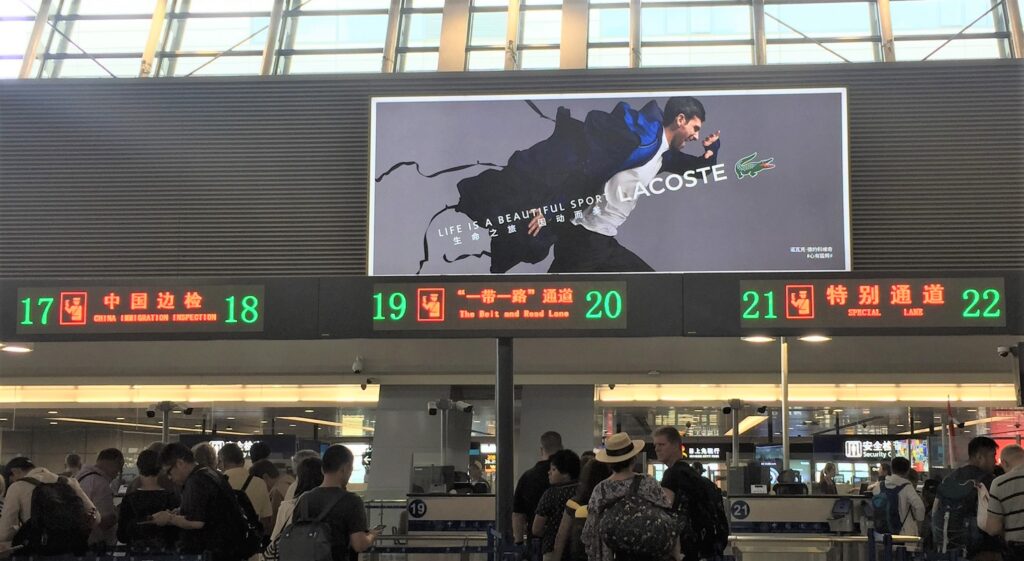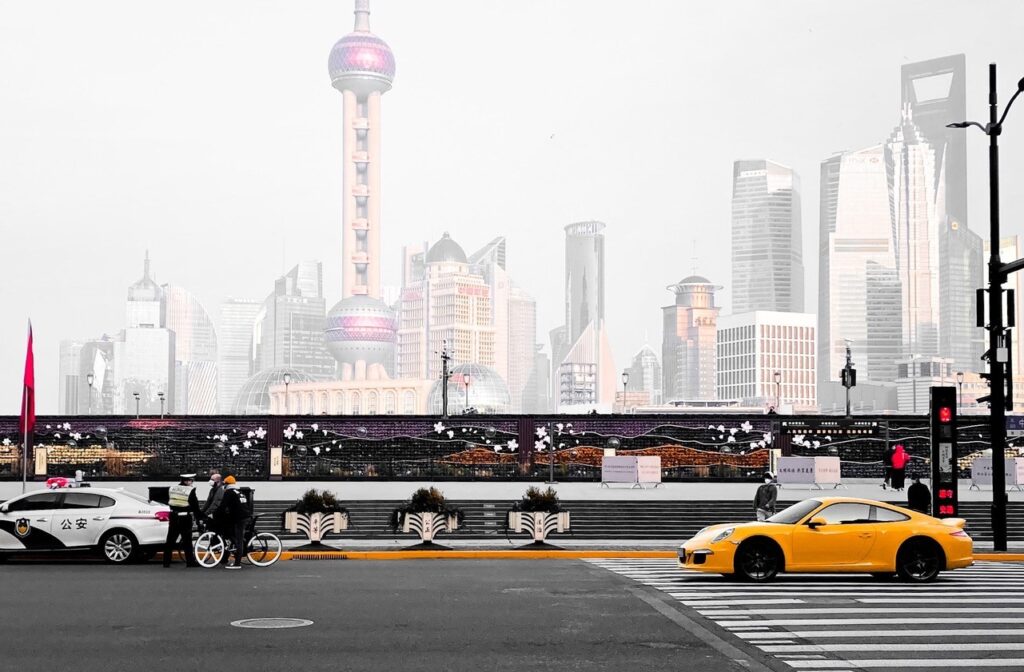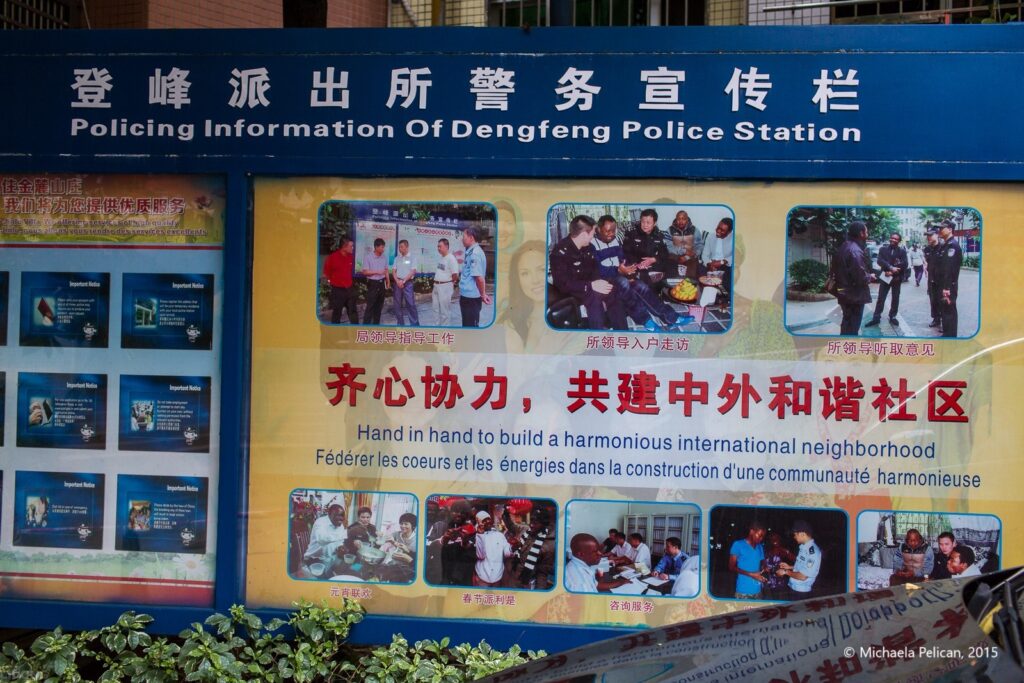A new paper by Eva Lena Richter

Contributing to the “China, Law and Development” research project, Eva Lena Richter‘s latest research observes Chinese and multilateral efforts to facilitate skilled migration from Belt and Road Initiative countries to China. Since the launch of the Initiative, strengthening people-to-people ties is part of its cooperation priorities. This cooperation is established in different ways, including student and academic exchanges, research cooperation, joint vocational training, and tourism. The Chinese government is the major guiding force of the Initiative and hence also shapes how these exchanges, or rather forms of migration, develop between China and Belt and Road Initiative-countries.
This paper (a free draft version here) looks at student, academic, and personnel mobility from Belt and Road Initiative countries to China and forms of migration and national Chinese legislation as well as efforts in bilateral and multilateral cooperation to facilitate them. Is the promise of mutually beneficial development tangible in these efforts? What role does China occupy in shaping the way migration develops along the Belt and Road Initiative? What role does Chinese skilled immigration legislation play? These are some of the questions this paper addresses.
The findings suggest that new skilled Chinese migration legislation, geared towards foreigners with tertiary education, paired with Belt and Road Initiative cooperation efforts and visa facilitation, is opening comparatively more opportunities for skilled nationals of BRI countries. BRI nationals are more often exempt from visas and have access to targeted talent attraction and retention programs. Nevertheless, up to now, these efforts have been mainly undertaken by the Chinese government, and skilled Belt and Road Initiative nationals are not being encouraged to migrate to China under bilateral employment agreements. For now, the bulk of China’s skilled immigrants does not come from Belt and Road Initiative countries.
Eva Lena Richter is a PhD Candidate at Cologne University’s Chair for Chinese Legal Culture and a Research Associate with the “China, Law and Development”-project, University of Oxford. She focusses on China’s legal system for skilled labour migration and efforts to attract and retain skilled foreigners in China. Get in touch with her on Linkedin.



